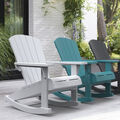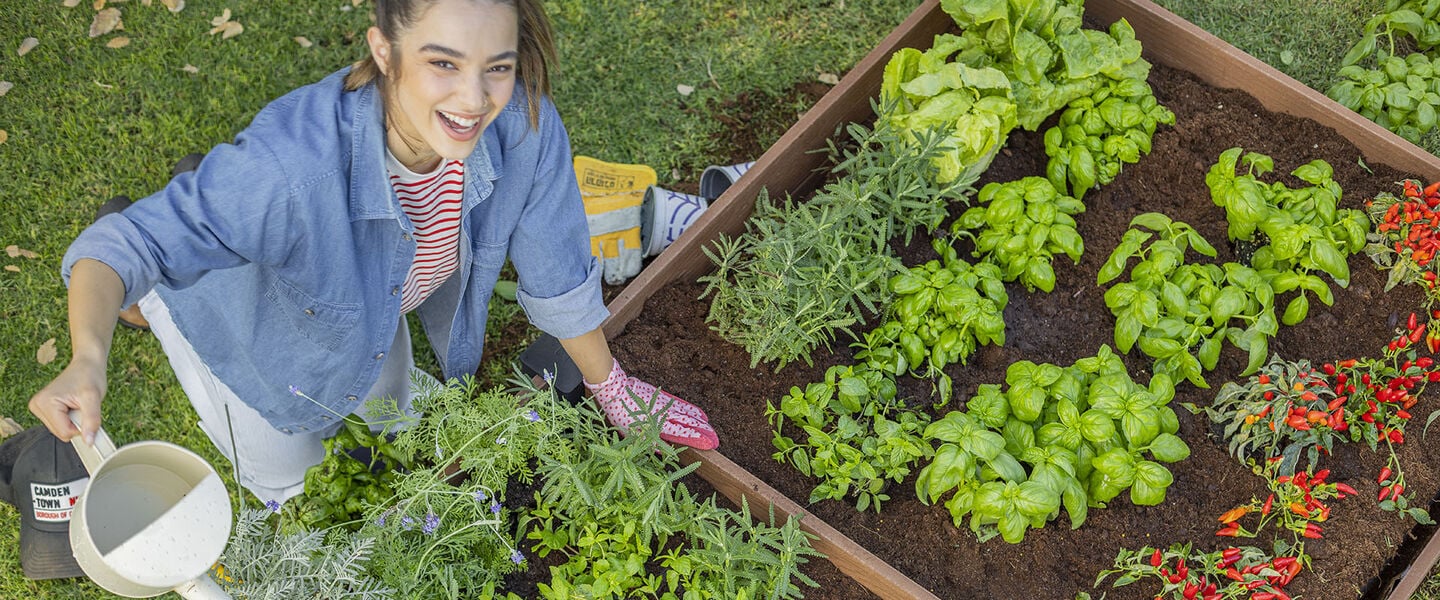
When to Plant Your Vegetables – A Month-by-Month Calendar
Whether you have a green thumb and are an experienced gardener or just starting, knowing when to plant vegetables can be tricky. However, growing your food is very rewarding, and gardening can be a relaxing hobby that’s great for your mental health that also gets you outdoors.
Growing your own vegetables is also healthier, less expensive, and more sustainable. Plus, the taste of fresh food from the garden is unmatched by anything else. While there are many benefits to this, it can be intimidating. What kind of equipment will you need? What will grow well in your yard? Will any of your food take special care? When should you plant each vegetable? Let’s explore all of these questions and more.
Consider Where You Live
The first thing to take into account is where you live. These areas are called zones, and their growing seasons vary a bit. For example, the weather in an area that gets little snow will be very different than somewhere where it snows six months out of the year. The growing seasons will vary year-to-year depending on the weather patterns as well. Sometimes winter weather lingers well into spring, and though your calendar may say it’s time to plant your vegetables, you might need to hold off for a week or two to avoid the frost killing your plants.
While planting zones are more helpful for perennial plants, they’re still essential to keep in mind with anything you’re growing.
Think About the Types of Vegetables You Want
Not every vegetable will do well in every climate or soil type. Some are heartier than others, and some will do better in certain conditions and soil types. If you decide, for example, to grow tomatoes, carrots, and lettuce, it is a good idea to look up each type of plant and the variety of plants you want to grow.
Tomatoes, for example, come in several different varieties and colors. So, you’ll want to consider that when making a choice. While researching on the internet is great, talk to your neighbors and local friends who garden about what plants they have had success with growing. That might help you to determine what you’d like to plant. Another great place to go is a plant nursery. The people who work there will have informative insights about gardening in your region.
Supplies You’ll Need
The supplies you need will be basic if you’re just starting. If you’re new to gardening, starting small is probably good, so you can do some trial and error before trying to grow a massive garden. Otherwise, it might get too overwhelming. Maybe start with 1-3 things and go from there. As far as supplies go, you’ll want to start with the following items:
- Gardening gloves
- Shovel
- Rake
- Hoe
- Trowel
- Gardening hand tools
- Watering can/Sprinkler
- Soil
- Raised garden bed
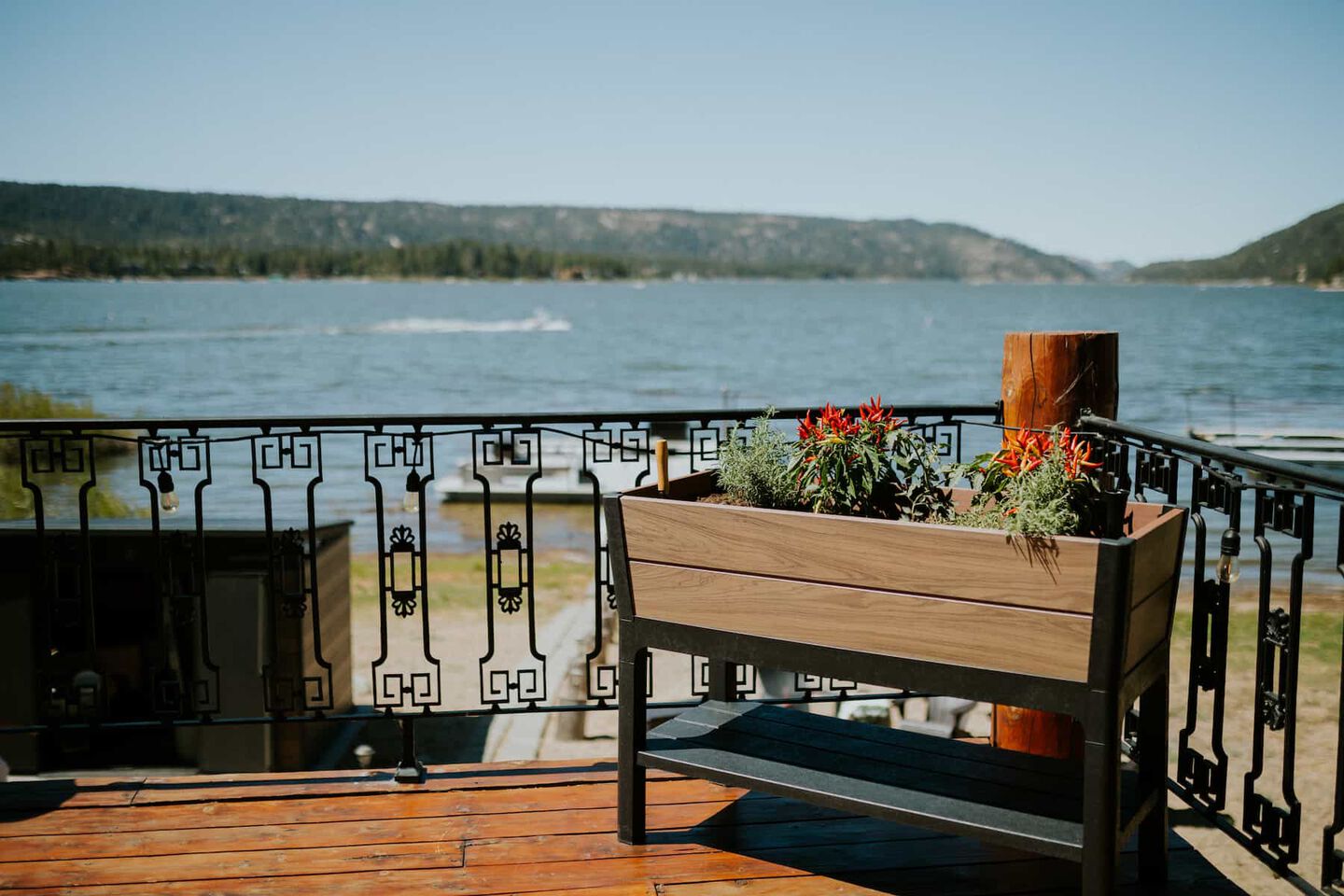
All of these tools would be very useful in starting a new garden. One of the main things you’ll need to focus on is where you’ll be planting everything. Will you be doing it in your yard? Will you use a raised garden bed? If so, we’d recommend a raised garden bed kit such as the Maple Raised Garden Bed. It’s easy to assemble and weather-resistant. It’s also BPA-free and easy to keep clean. In addition, it features a classic wood-like look and feel.
Another great option is the Splendor 31.7 Gallon Raised Garden Bed. It also comes in an easy-to-assemble garden bed kit. The raised garden bed features a water gauge, drainage, and a watering system. If you’re using it outside, that’s okay because it’s made from a durable, weather-resistant resin. You will want to be mindful of where the sun is and how much light that area will get, though. Then, place your raised garden bed accordingly.
While the Splendor raised bed for planting can be used indoors and outdoors, if you’d like something a little smaller, there is the Darwin 29 Gallon Raised Garden Bed. It also has a drainage system, comes in a garden bed kit, and has a watering system. It’s a great place to grow herbs and vegetables and is ideal for beginners.
Once you’ve figured out your garden beds, you’ll want to think about your seedlings or started plants.
Should You Grow from Seeds in Your Raised Garden Bed or Buy Starter Plants?
Seeds vs. starters can be a tricky choice. Seeds come in large packets but take time and can be a bit hit or miss. Starters will be healthy and ready to go. So, you might be more likely to grow things more successfully. You’ll be able to save more time and headaches with starters. However, according to plantsforallseasons.com, “...starter plants are certainly more expensive than a packet of seeds. Sometimes, one single starter plant can cost the same as a package of 200 seeds of the same plant. So, while starter plants may save you a lot of time, seeds will save you a little cash.” Remember this as you decide what to do with your garden.
When to Plant Vegetables: A Month-by-Month Calendar
As for a general calendar for vegetable growing, you’ll want to research the area you live in and maybe talk to a local nursery or plant expert.. The calendar below is just general rule-of-thumb advice that will vary depending on your zone and the weather in your area.
January
Use January to plan your garden and decide what you want to grow. Consider where you want to grow everything and start making a master plan. If you're going to start growing vegetables now, most of them won’t do quite as well.
However, you can start chitting your potatoes. What is chitting? Growsgoodlife.com says, “Chitting potatoes is also called green sprouting or pre-sprouting. Chitting is a way of preparing potatoes for planting by encouraging them to sprout before planting them in the ground. This gives the tubers a head start and encourages faster growth and heavier crops once the seed potatoes are planted.” So, you can do that, and you can start onions. You can grow onions from seeds or bulbs, but they must be grown in a greenhouse.
So, to sum up, you can do the following:
- Chitting your potatoes
- Start onions in a greenhouse
February
Since February weather is a mixed bag, most plants grown this month must be inside your home, perhaps on a windowsill or greenhouse. If you decide to go this route, you can grow the following:
- Carrots
- Certain types of beans
- Peas
- Peppers
- Tomatoes
- Eggplants
- Onions
These all need varying levels of care and warmth to be successful. February is also a great time to prepare garden beds if the weather permits.
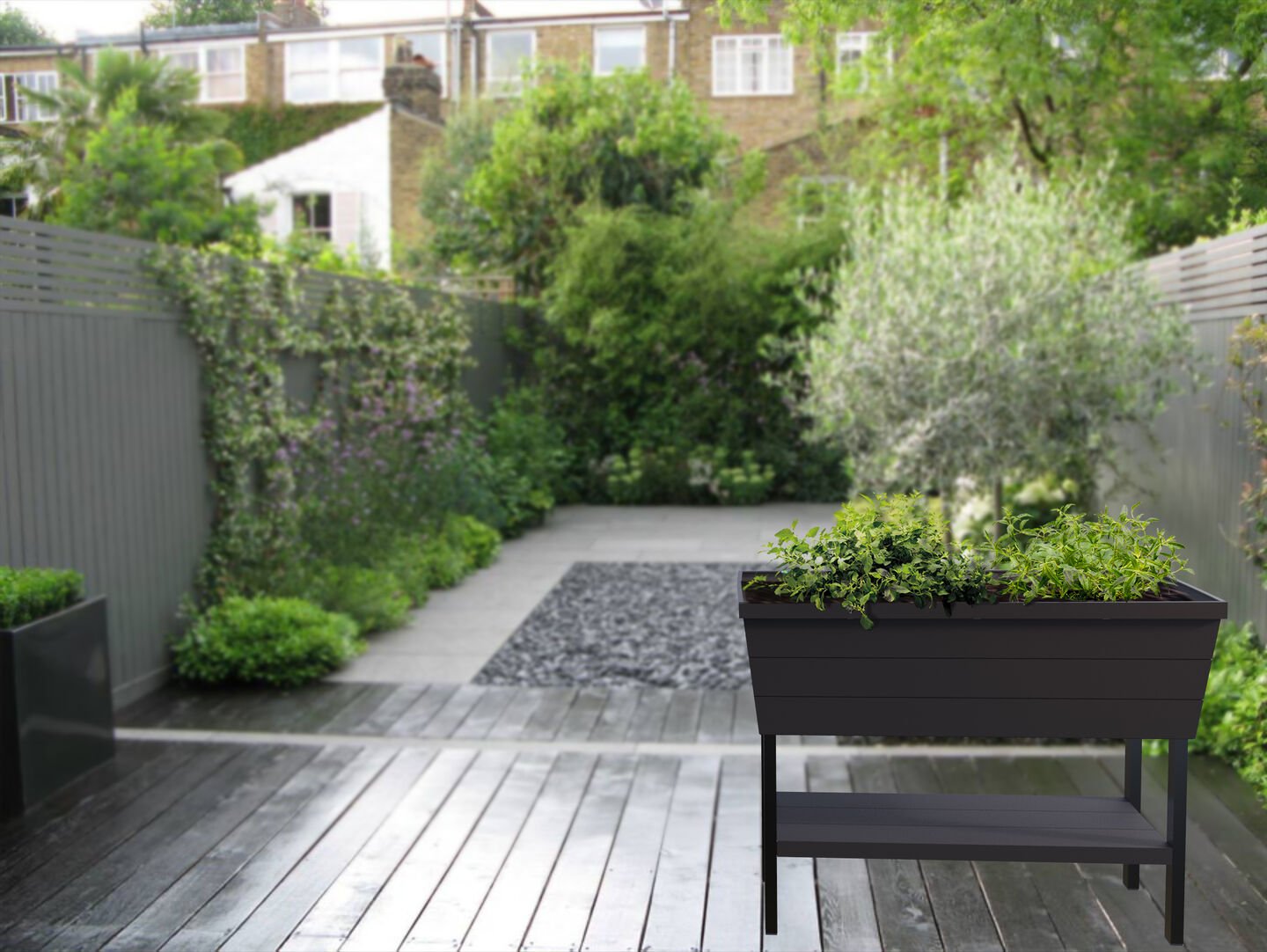
March-April
Depending on your region, March or April can be a good time for planting seeds. Some will still need to be started indoors. A few of the seeds you can start in these two months include:
- Kale
- Spinach
- Sweet corn
- Leek
- Carrots
- Cucumbers
- Pumpkins
- Parsnips
- Broccoli
- Cabbage
- Zucchini
Again, this varies by region. So, you want to research whether plants need to be started indoors or outdoors and the ideal temperature for each. Planting seeds is a very delicate business with many different factors coming into play.
May
You might want to start growing things like the following:
- Pumpkins
- Certain types of beans
- Zucchini
That way, you’ll be prepared for the fall months when you might want more squash-type veggies for decorating and cooking.
June
While the planting season should be over, you can plant things such as these veggies:
- Broccoli
- Brussels sprouts
- Fennel in some regions
They will need to be harvested in the winter, though.
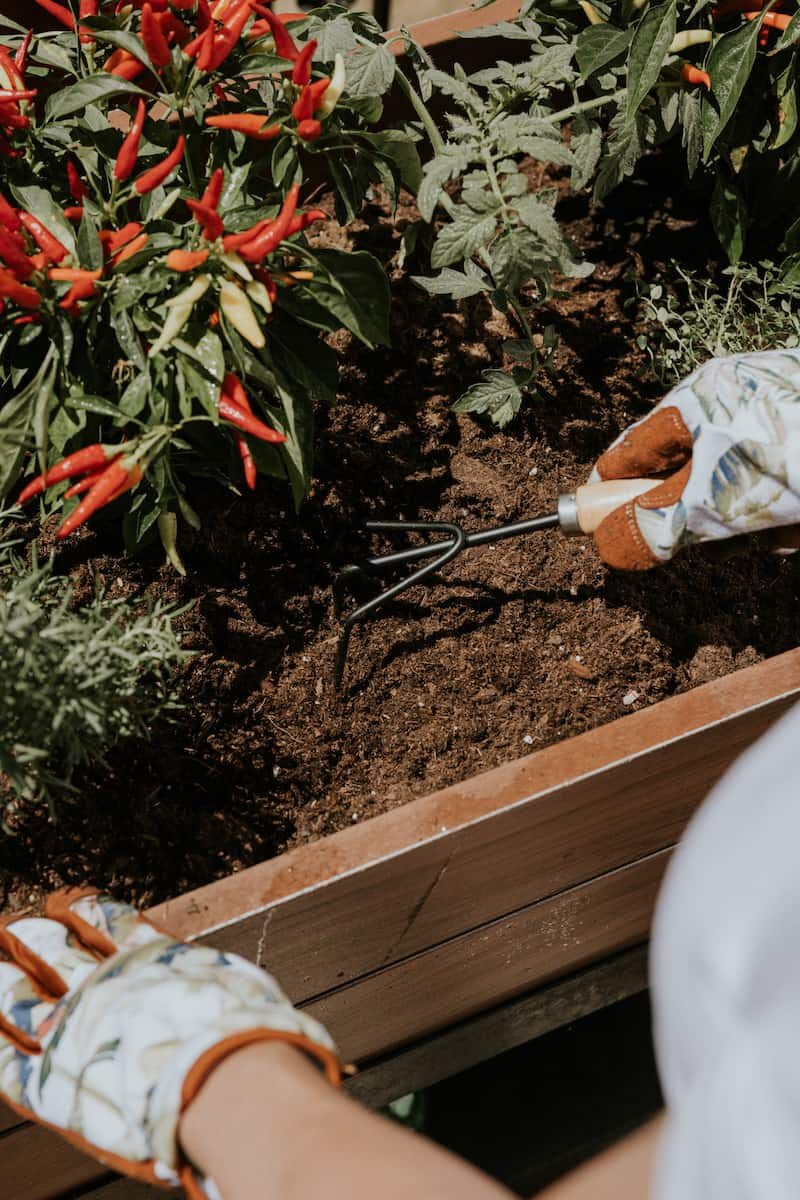
July
If there are vegetables on your list that tend to grow a bit faster, you might be able to slip a few things to your garden in July. However, it can be scorching and dry in some regions.
August
You’ll probably still be doing some harvesting in August. As you head into the fall, you may not want to grow many more vegetables. However, if you decide to plant during this time, only one type of food might work:
- Foods like spinach that tend to be heartier might be alright
September
Again, this can be a good time for growing items for salads:
- Pick certain types of lettuce don’t tend to mind colder temperatures
October
While it’s probably getting colder in October, you might be able to grow a few things:
- Garlic
- Certain varieties of beans, with some care
November
Since November tends to be colder; you’ll want to pull any additional crops that you still have in the ground. Conduct a cleanup and make sure your gardening tools are put away. There’s not a ton you can grow at this point.
December
This might be the best time to start planning for the spring and assessing how the year’s yields have been. Did you have great success with one vegetable and not as much with another? Will you be trying them both again or trying something different? These are all great things to consider as you wait for the new planting season.

As you prepare your garden for this year or next, remember there is much trial and error. However, the reward of fresh veggies is well worth the work.

We build in a sustainable manner.
We use innovative technologies and sustainable materials to build planet-friendly products that last a lifetime.
















